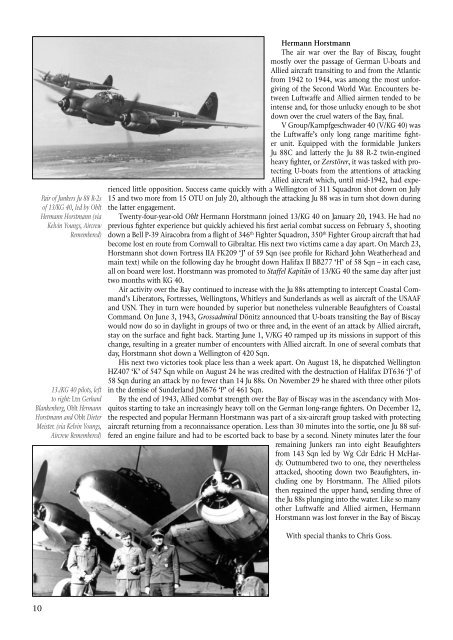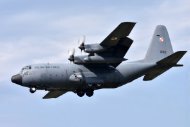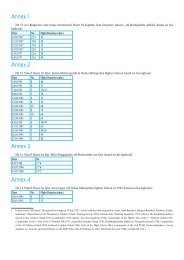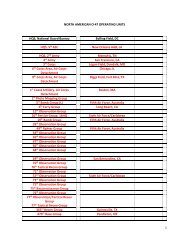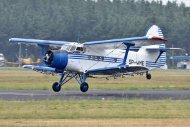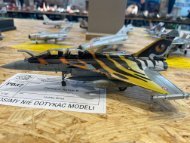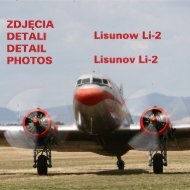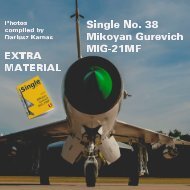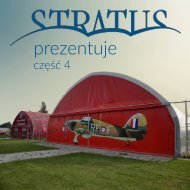B-17 CC Additional Material by Robert M Stitt
Boeing B-17 Fortress in RAF Coastal Command Service Second Edition Robert M Stitt Additional Material
Boeing B-17 Fortress in RAF Coastal Command Service
Second Edition
Robert M Stitt
Additional Material
- No tags were found...
You also want an ePaper? Increase the reach of your titles
YUMPU automatically turns print PDFs into web optimized ePapers that Google loves.
Pair of Junkers Ju 88 R-2s<br />
of 13/KG 40, led <strong>by</strong> Oblt<br />
Hermann Horstmann (via<br />
Kelvin Youngs, Aircrew<br />
Remembered)<br />
13./KG 40 pilots, left<br />
to right: Ltn Gerhard<br />
Blankenberg, Oblt Hermann<br />
Horstmann and Oblt Dieter<br />
Meister. (via Kelvin Youngs,<br />
Aircrew Remembered)<br />
Hermann Horstmann<br />
The air war over the Bay of Biscay, fought<br />
mostly over the passage of German U-boats and<br />
Allied aircraft transiting to and from the Atlantic<br />
from 1942 to 1944, was among the most unforgiving<br />
of the Second World War. Encounters between<br />
Luftwaffe and Allied airmen tended to be<br />
intense and, for those unlucky enough to be shot<br />
down over the cruel waters of the Bay, final.<br />
V Group/Kampfgeschwader 40 (V/KG 40) was<br />
the Luftwaffe’s only long range maritime fighter<br />
unit. Equipped with the formidable Junkers<br />
Ju 88C and latterly the Ju 88 R-2 twin-engined<br />
heavy fighter, or Zerstörer, it was tasked with protecting<br />
U-boats from the attentions of attacking<br />
Allied aircraft which, until mid-1942, had experienced<br />
little opposition. Success came quickly with a Wellington of 311 Squadron shot down on July<br />
15 and two more from 15 OTU on July 20, although the attacking Ju 88 was in turn shot down during<br />
the latter engagement.<br />
Twenty-four-year-old Oblt Hermann Horstmann joined 13/KG 40 on January 20, 1943. He had no<br />
previous fighter experience but quickly achieved his first aerial combat success on February 5, shooting<br />
down a Bell P-39 Airacobra from a flight of 346 th Fighter Squadron, 350 th Fighter Group aircraft that had<br />
become lost en route from Cornwall to Gibraltar. His next two victims came a day apart. On March 23,<br />
Horstmann shot down Fortress IIA FK209 ‘J’ of 59 Sqn (see profile for Richard John Weatherhead and<br />
main text) while on the following day he brought down Halifax II BB277 ‘H’ of 58 Sqn – in each case,<br />
all on board were lost. Horstmann was promoted to Staffel Kapitän of 13/KG 40 the same day after just<br />
two months with KG 40.<br />
Air activity over the Bay continued to increase with the Ju 88s attempting to intercept Coastal Command’s<br />
Liberators, Fortresses, Wellingtons, Whitleys and Sunderlands as well as aircraft of the USAAF<br />
and USN. They in turn were hounded <strong>by</strong> superior but nonetheless vulnerable Beaufighters of Coastal<br />
Command. On June 3, 1943, Grossadmiral Dönitz announced that U-boats transiting the Bay of Biscay<br />
would now do so in daylight in groups of two or three and, in the event of an attack <strong>by</strong> Allied aircraft,<br />
stay on the surface and fight back. Starting June 1, V/KG 40 ramped up its missions in support of this<br />
change, resulting in a greater number of encounters with Allied aircraft. In one of several combats that<br />
day, Horstmann shot down a Wellington of 420 Sqn.<br />
His next two victories took place less than a week apart. On August 18, he dispatched Wellington<br />
HZ407 ‘K’ of 547 Sqn while on August 24 he was credited with the destruction of Halifax DT636 ‘J’ of<br />
58 Sqn during an attack <strong>by</strong> no fewer than 14 Ju 88s. On November 29 he shared with three other pilots<br />
in the demise of Sunderland JM676 ‘P’ of 461 Sqn.<br />
By the end of 1943, Allied combat strength over the Bay of Biscay was in the ascendancy with Mosquitos<br />
starting to take an increasingly heavy toll on the German long-range fighters. On December 12,<br />
the respected and popular Hermann Horstmann was part of a six-aircraft group tasked with protecting<br />
aircraft returning from a reconnaissance operation. Less than 30 minutes into the sortie, one Ju 88 suffered<br />
an engine failure and had to be escorted back to base <strong>by</strong> a second. Ninety minutes later the four<br />
remaining Junkers ran into eight Beaufighters<br />
from 143 Sqn led <strong>by</strong> Wg Cdr Edric H McHardy.<br />
Outnumbered two to one, they nevertheless<br />
attacked, shooting down two Beaufighters, including<br />
one <strong>by</strong> Horstmann. The Allied pilots<br />
then regained the upper hand, sending three of<br />
the Ju 88s plunging into the water. Like so many<br />
other Luftwaffe and Allied airmen, Hermann<br />
Horstmann was lost forever in the Bay of Biscay.<br />
With special thanks to Chris Goss.<br />
10


